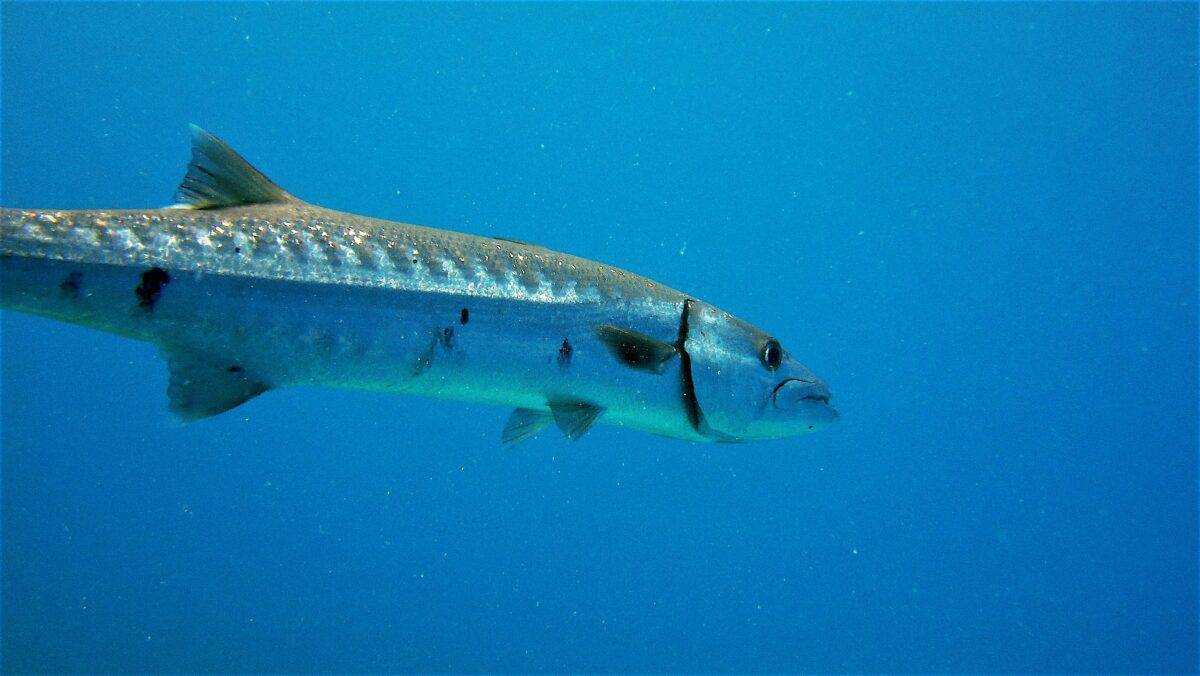Have you wondered what the largest barracuda that has been caught on record? We are going to dive in and discover more about barracudas. There is more to barracudas than meets the eye!
The Largest Barracuda
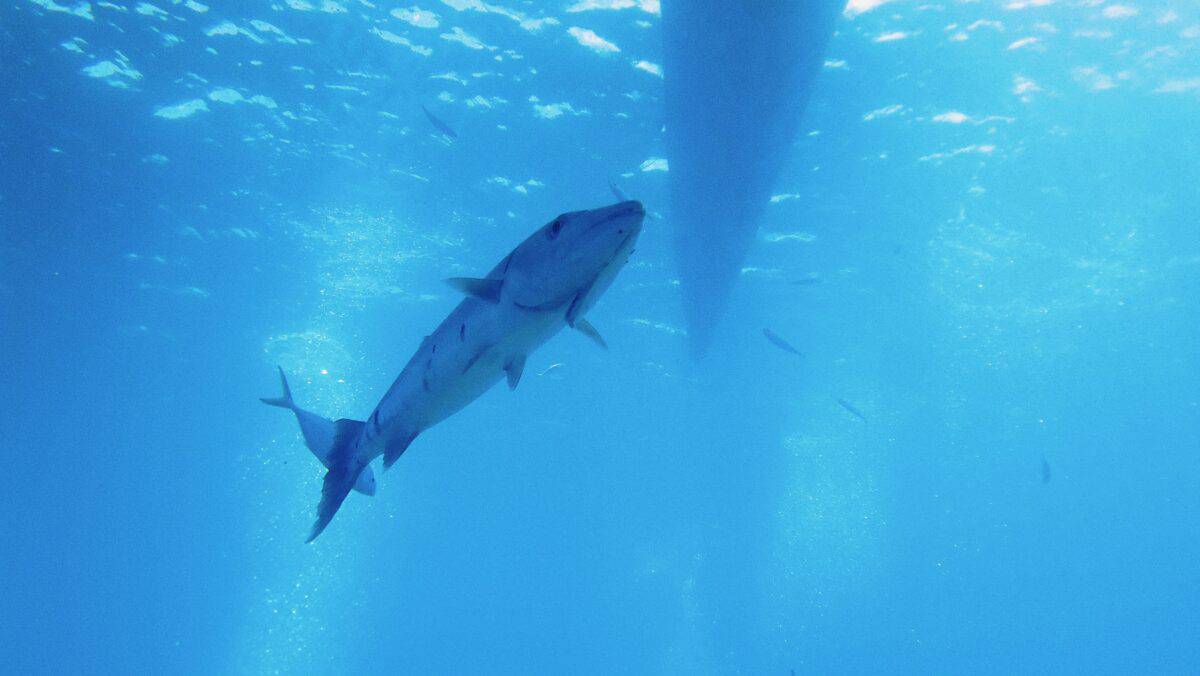
In 2013, an extraordinary feat was achieved in the world of fishing. American angler Thomas Gibson, known fondly as the Texas Tarpon Guru, unexpectedly hooked a colossal Guinean barracuda while fishing for tarpon near the Kwanza River’s mouth in Angola, Africa. This massive specimen weighed a staggering 102 pounds, 8 ounces, setting a new record as the largest barracuda ever recorded. Measuring at an astonishing 6 feet 10.7 inches in length with a girth of 27 inches, this catch surpassed all expectations, proving the sheer might of these oceanic predators.
Exploring Taxonomy and Classification
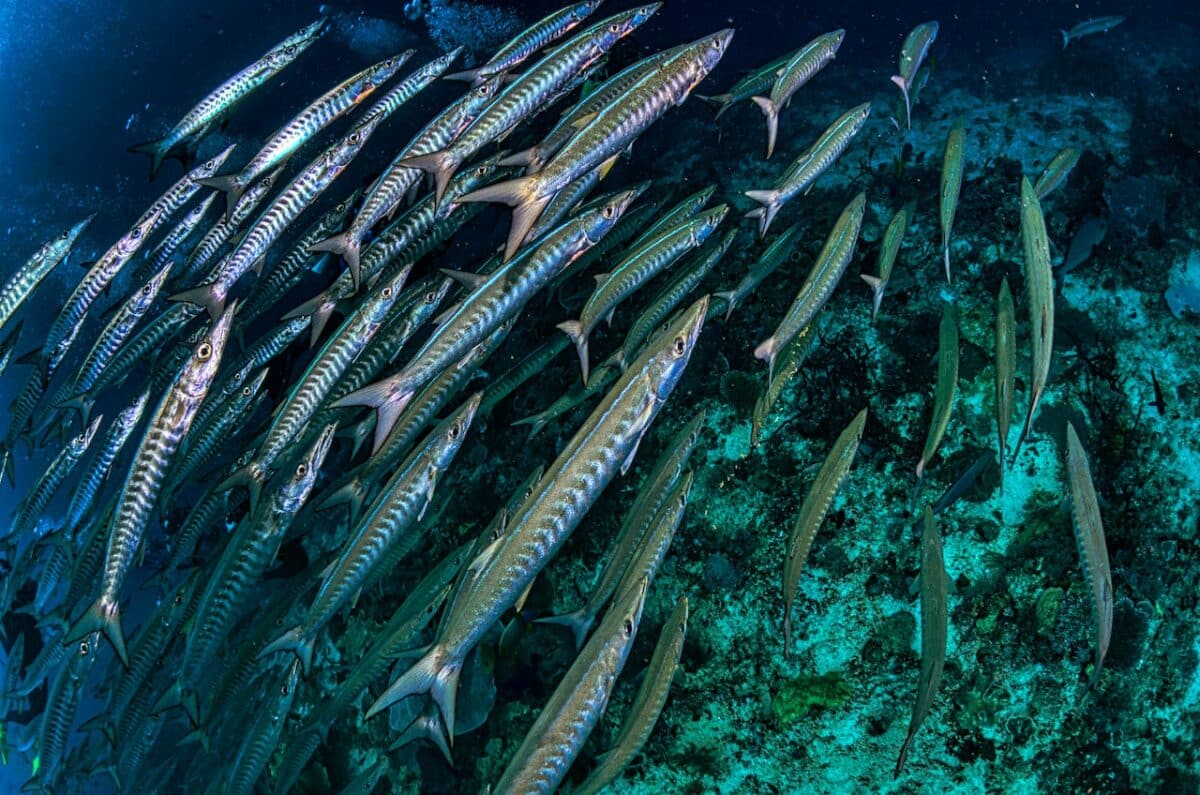
Let’s dive deeper into the science to understand the taxonomy and classification of barracudas. Belonging to the family Sphyraenidae, barracudas encompass around 20 different species within the Actinopterygii class. They are characterized by their thin, bony fins designed for swift underwater navigation. Among these species, the great barracuda (Sphyraena barracuda) reigns supreme, reaching lengths of up to 6 feet and prowling the tropical and subtropical waters of the world.
Masters of Habitat and Migration
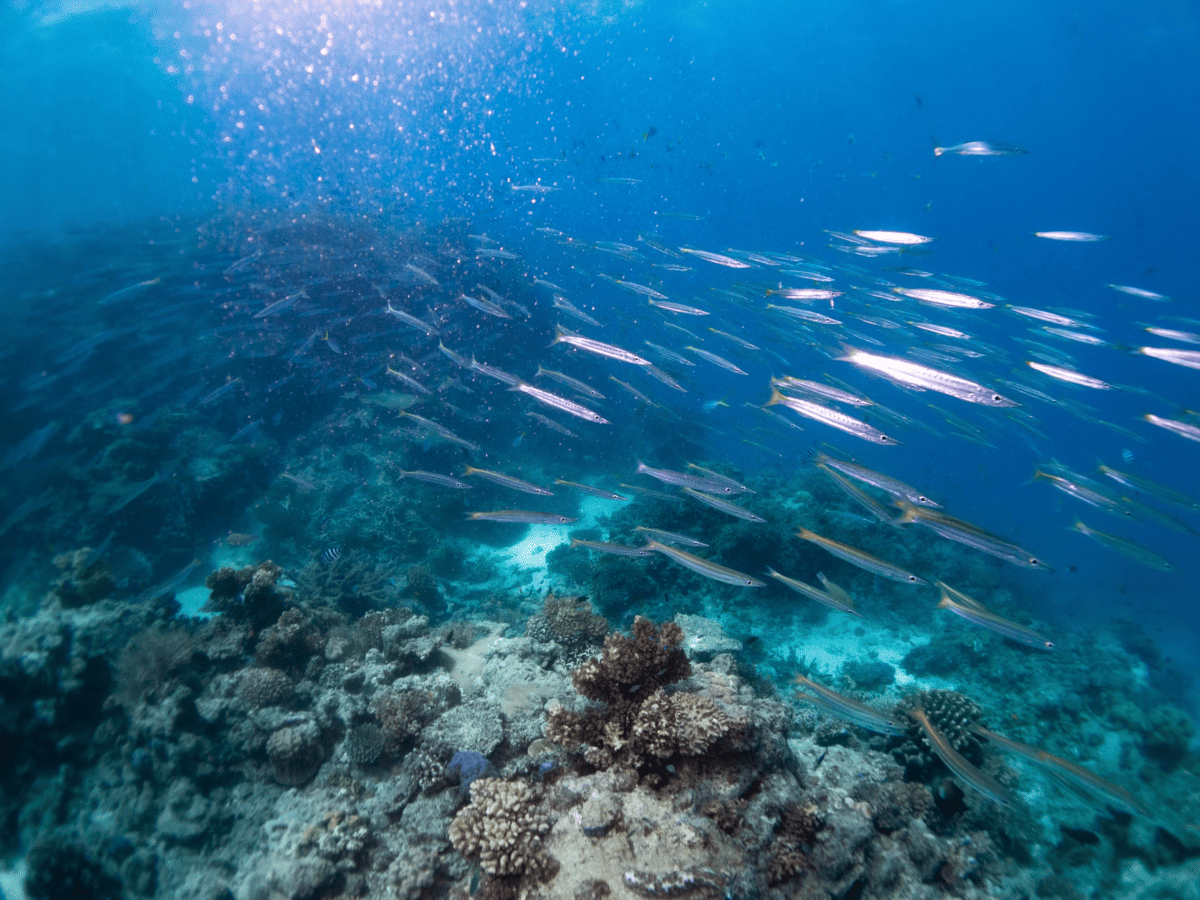
From the Atlantic to the serene waters of the Pacific, barracudas dominate a vast geographical area. Preferring warm tropical and subtropical waters, these animals thrive near coral reefs, seagrass beds, and mangroves. This is where their prey is abundant and hiding spots aplenty. While predominantly sedentary, barracudas exhibit migratory behavior in response to fluctuations in water temperature, food availability, and spawning seasons, ensuring their survival in dynamic marine ecosystems.
Unraveling Feeding Habits
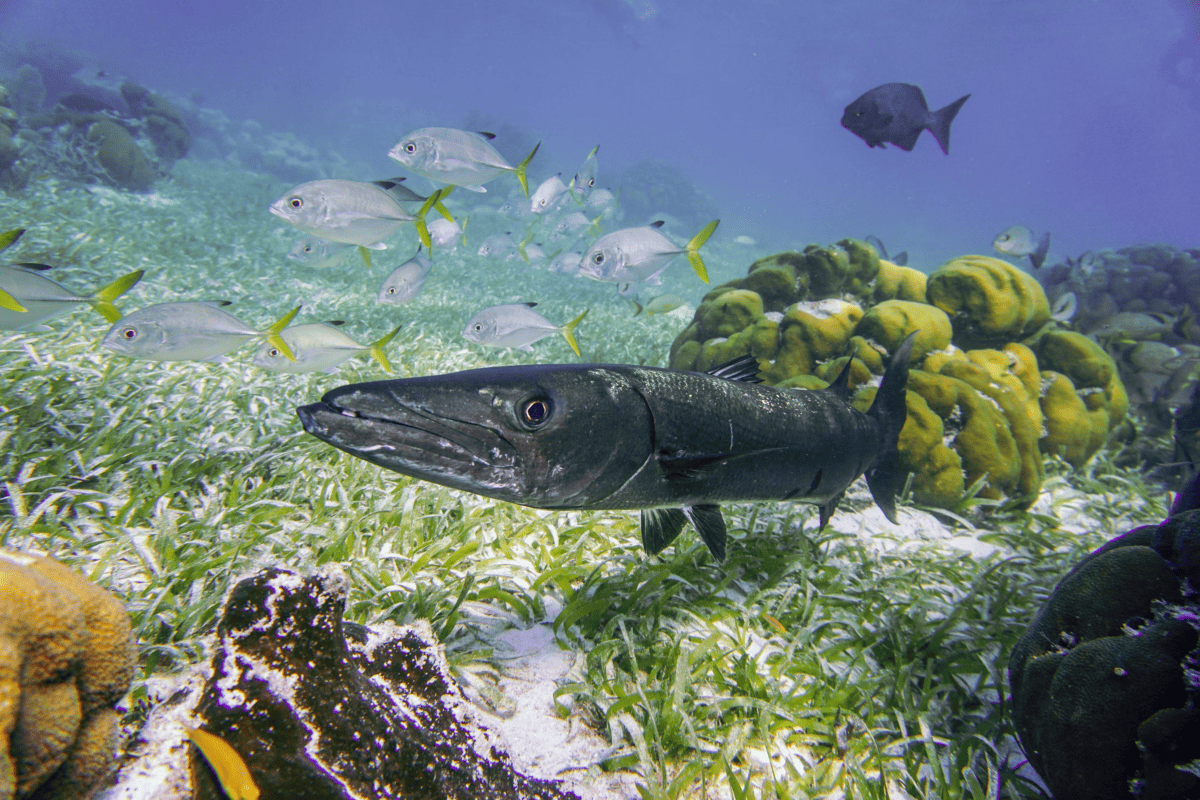
These fish have a voracious appetite as well as cunning hunting techniques! As carnivorous predators, they prey on a diverse array of marine creatures, including fish like groupers, snappers, and mullets, as well as squid and crustaceans. They employ ambush tactics and lightning-fast strikes. Barracudas demonstrate agility and coordination, making them formidable hunters underwater.
Wrapping Up with the Largest Barracuda
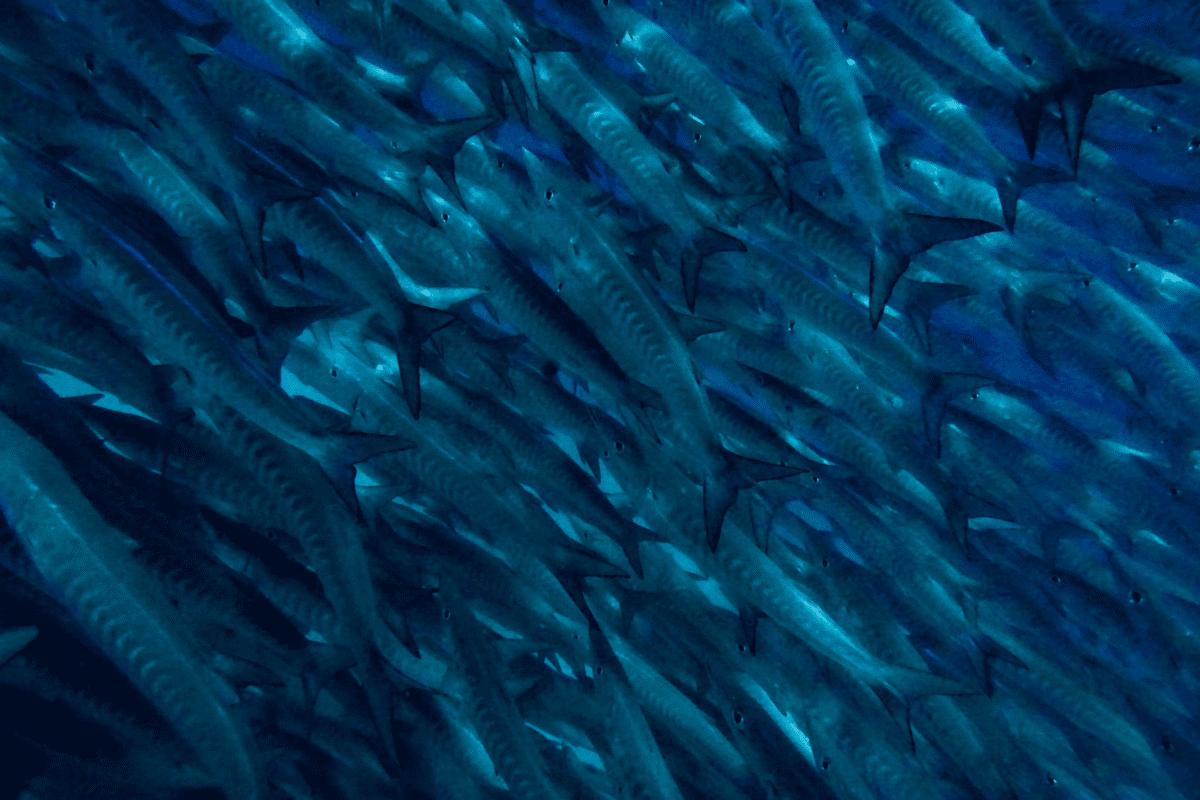
Finally, as we bid farewell to the captivating barracudas, let’s reflect on their significance in marine ecosystems. Furthermore, beyond their fearsome reputation, these majestic predators play a vital role in maintaining ecological balance underwater. So, remember to admire these creatures from a respectful distance, appreciating the beauty of life beneath the ocean’s surface.
Thank you for following along with this article –
Next up in the animal kingdom:
Join our Forum for free today!

- Big Cats Love Mouthing Affection - July 22, 2024
- Kind Elephant Merciful To Lion Cubs - July 22, 2024
- Beachgoers Save Massive Shark Stranded In Florida - July 22, 2024

